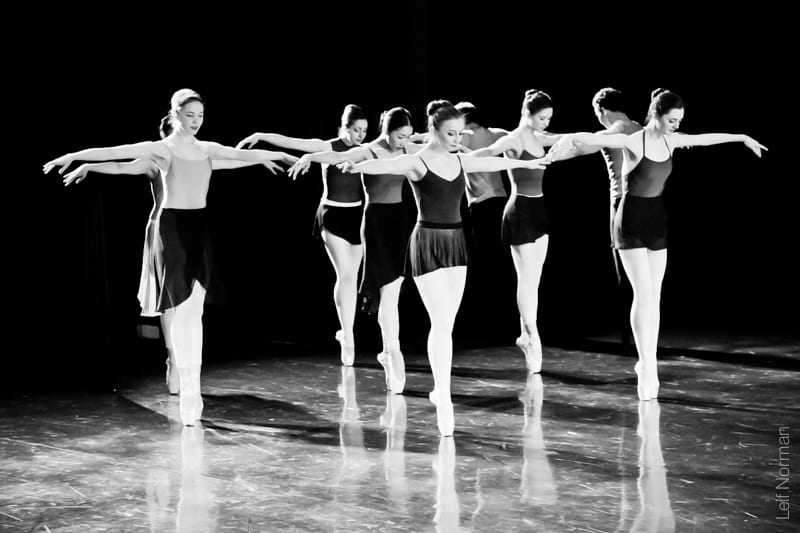On Wednesday, October 1, the Royal Winnipeg Ballet premiered ‘Going Home Star – Truth and Reconciliation’ an original ballet about residential school history in Canada. I attended the ballet that day in many roles — as an Aboriginal person who has seen first hand the lingering impact on First Nations, Inuit and Metis families whose relatives attended residential school; as a mother who strongly empathizes with parents who were forced to send their young children to residential school; and finally, as a Canadian who shares the shame of this history with everyone in our country.
I attended the ballet, like everyone else in the audience, not knowing what to expect. Would the Royal Winnipeg Ballet, a company with no Aboriginal dancers on its roster, miss the authenticity boat? Would it be a sentimental, apologetic performance that would feel only vaguely Aboriginal? Would the creators be too worried about social correctness to tell it like it really was for children at residential schools – disturbing, violent, agonizing? Would it even be possible for a Euro-centric dance style to adequately tell the story of two cultures colliding?
If you’ve read the reviews, the ballet was an unquestionable success. The Winnipeg Free Press said it “might well be the most important ballet produced by the Royal Winnipeg Ballet in 75 years.” The CBC’s reporter Robert Enright wrote, “I have never seen the RWB dance better.” The Globe and Mail said, “the music for ‘Going Home Star’ may be the best ballet composition ever created in Canada.”
The idea for an Aboriginal ballet was planted more than ten years ago by Mary Richards, an Anishnaabe Elder who regularly attended the company’s performances. She approached Andre Lewis, the Royal Winnipeg Ballet’s artistic director, and asked him to consider creating an Aboriginal ballet. In fact, the company had produced a ballet once before — the ‘The Ecstasy of Rita Joe’, a play by George Ryga. Many years later, ‘Going Home Star’ began its journey with a grant from the legacy fund of the Truth and Reconciliation Commission.
Andre Lewis brought together a renowned team of Aboriginal and non-Aboriginal writers, choreographers and composers to create what might well be the most challenging commission of their lives. A ballet that tells the story of the Aboriginal experience in Canada’s residential schools. The creative team is like a who’s who in the Canadian cultural world — author Joseph Boyden, composer Christos Hatzis, choreographer Mark Godden, musician Steve Wood, singer Tanya Tagaq, scene designer KC Adams, costume designer Paul Daigle, lighting designer Pierre Lavoie and projection designer Sean Nieuwenhuis. Navigating between the Royal Winnipeg Ballet, the Truth and Reconciliation Commission and the Aboriginal community was Tina Keeper, the Associate Producer. This Aboriginal and non-Aboriginal team created a heart-wrenching and stunning ballet that is both true to its European dance form and respectful of the people and history it represents.
Justice Murray Sinclair, who chairs the Truth and Reconciliation Commission, summed it up this way, “This is not only about the experience of those who were students in the school. This is also the story about Canada’s experience.”
Can a ballet help heal a Nation still haunted by the legacy of Canada’ s residential schools? I think everyone in the audience on opening night will agree. Absolutely.

